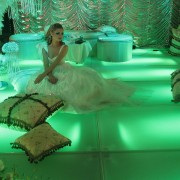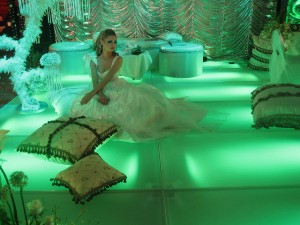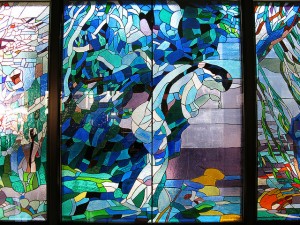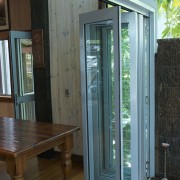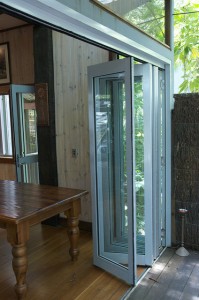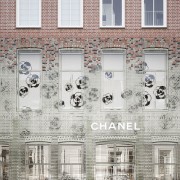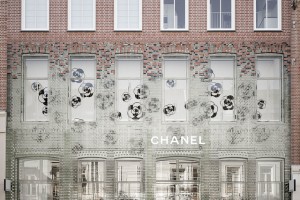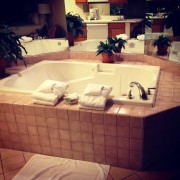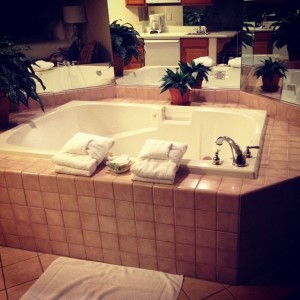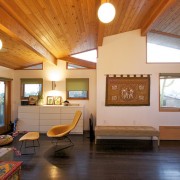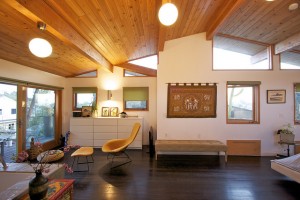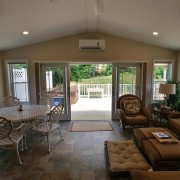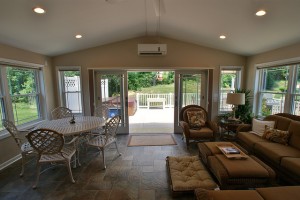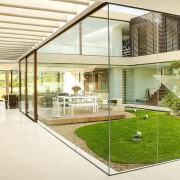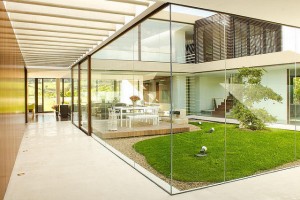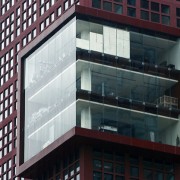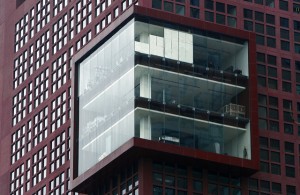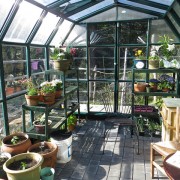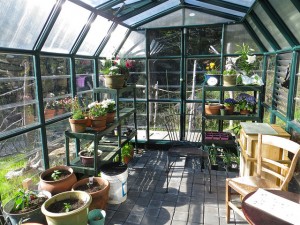Backpainting Plexiglas™
Glass is heavy. A 1/4th inch thick piece of glass weighs more than 3.25 pounds per square foot. If you’re laminating a surface and weight is a real consideration, you’ll need to choose between a thin sheet of glass or a lightweight alternative like Plexiglas™.
Plexiglas™ will work well for laminating cabinet door and drawer fronts because it’s lightweight and can stand up to kitchen duty. It also creates a very similar look to glass, and it won’t put any significant stress on hinges or cabinet hardware. Plexiglas™ cleans well, doesn’t stain easily and can tolerate virtually all household cleaners. If you’re going for a retro or Art Deco look, you can go with either a thin glass laminate or Plexiglas™.
Plexiglas™ is generally less expensive than glass, so if cost is your number-one concern, Plexiglas™ might be easier on your wallet. You can acquire a full sheet of Plexiglas™ for about $2 per square foot. A comparable sheet of 3/16th-inch glass would be about $16 per square foot. In addition, the cost of glass rises with the thickness, so if you want to use thicker glass, your cost will grow.
If safety is your primary concern, you have a couple of different options. Plexiglas™ offers the ultimate in safety. It won’t chip, shatter or split in most circumstances. Glass will do all of those things. If you will be installing your backpainted glass or Plexiglas™ in an area where high heat is a possibility, you’ll want to use tempered glass. Plexiglas™ will not stand up to high heat well.
Both Plexiglas™ and backpainted glass can be installed with a neutral-cure silicone adhesive. This lightweight adhesive is strong enough to hold the weight of glass, and will not show through a surface that’s been painted with Glassprimer™ glass paint.
Whether you choose Plexiglas™ or glass, you’ll get the same great performance from Glassprimer™ glass paint. Glassprimer™ glass paint will bond permanently to either glass or Plexiglas™, and won’t chip, fade or peel even when exposed to direct sunlight.
If you’d like more information about Glassprimer™ glass paint, please visit the rest of our site. If you’d like to purchase Glassprimer™ glass paint, please visit our online store .
Photo Credit: APQ Stage Iberica, via Flickr.com

